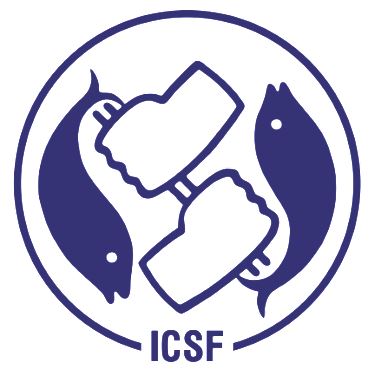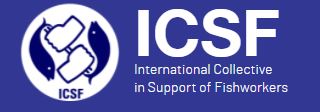Rousso, Stephanie J. and Perezrul, Maria Dinorah Herrero and Vargas, Mariana Flores (2025) Inspiring women in small-scale fisheries from ocean to table. Frontiers in Ocean Sustainability, 3. p. 4.
Full text not available from this repository. (Request a copy)Abstract
Globally, the demand for seafood and plant-based blue foods is increasing along with the growth of the human population (Naylor et al., 2021). Yet, sustainable harvest of blue foods from the ocean is challenged by climate change, illegal fishing, habitat destruction, and social inequality (Nash et al., 2021). Amid these pressures, women, long silent contributors to ocean sustainability, are now leading vital efforts to heal the ocean. Often associated with femininity in global literature and mythology, the ocean symbolizes strength, resilience, and the capacity to sustain life (Milam, 2019),maybe why it is referred to as the Mother Ocean. Like a caring mother, what if the key to healing our ocean lay in recognizing and empowering women’s roles in fisheries and aquaculture? In Mexican small-scale fisheries (SSF), women play vital yet under appreciated roles, accounting for up to 43% of the total workforce when direct and indirect jobs are considered (Solano et al., 2021). Despite their contributions as fishers, scientists, producers, and artisans, women remain underrepresented in fisheries management and decision-making, limiting their influence in shaping the industry’s future (Lentisco and Lee, 2015). Recognizing and empowering women’s roles, particularly in pre-and post-production activities, is essential to addressing gender disparities, fostering innovation, and ensuring a sustainable blue food system. Amid growing pressures on the ocean from climate change, illegal fishing, and social inequality, women are uniquely positioned to blend traditional knowledge with innovation to heal the ocean. For two decades, I dedicated my career to the recovery and protection of endangered migratory species, with a particular focus on sea turtles. Much of sea turtle conservation is centered on protecting nesting beaches, likely due to accessibility. While this is avital component of species recovery, the most significant threats to sea turtles occur in the water, where they spend 99% of their life cycle (Laloë et al., 2022). These threats include habitat loss in key foraging areas and entanglement in fishing gear, known as bycatch, which not only endangers sea turtle populations but also undermines the sustainability of fisheries (Wallace et al., 2010). In tropical waters where sea turtles range, artisanal fisheries represent one of the largest ocean economies worldwide, supporting millions of coastal and island livelihoods (Cohen et al., 2019). Addressing bycatch is therefore critical for both species conservation and the long-term viability of coastal livelihoods
| Item Type: | Articles |
|---|---|
| Keywords: | Women, Small-scale Fisheries, Climate Change, Illegal Fishing, Mexico, Bycatch, Fisheries Management, Artisanal Fisheries, Livelihoods, Conservation, Fishing Communities, Traditional Knowledge, Ocean |
| Subjects: | Gender in Fisheries and Aquaculture |
| Depositing User: | Kokila ICSF Krish |
| Date Deposited: | 18 Sep 2025 10:41 |
| Last Modified: | 18 Sep 2025 10:41 |
| URI: | http://icsfarchives.net/id/eprint/22439 |
Actions (login required)
 |
View Item |


